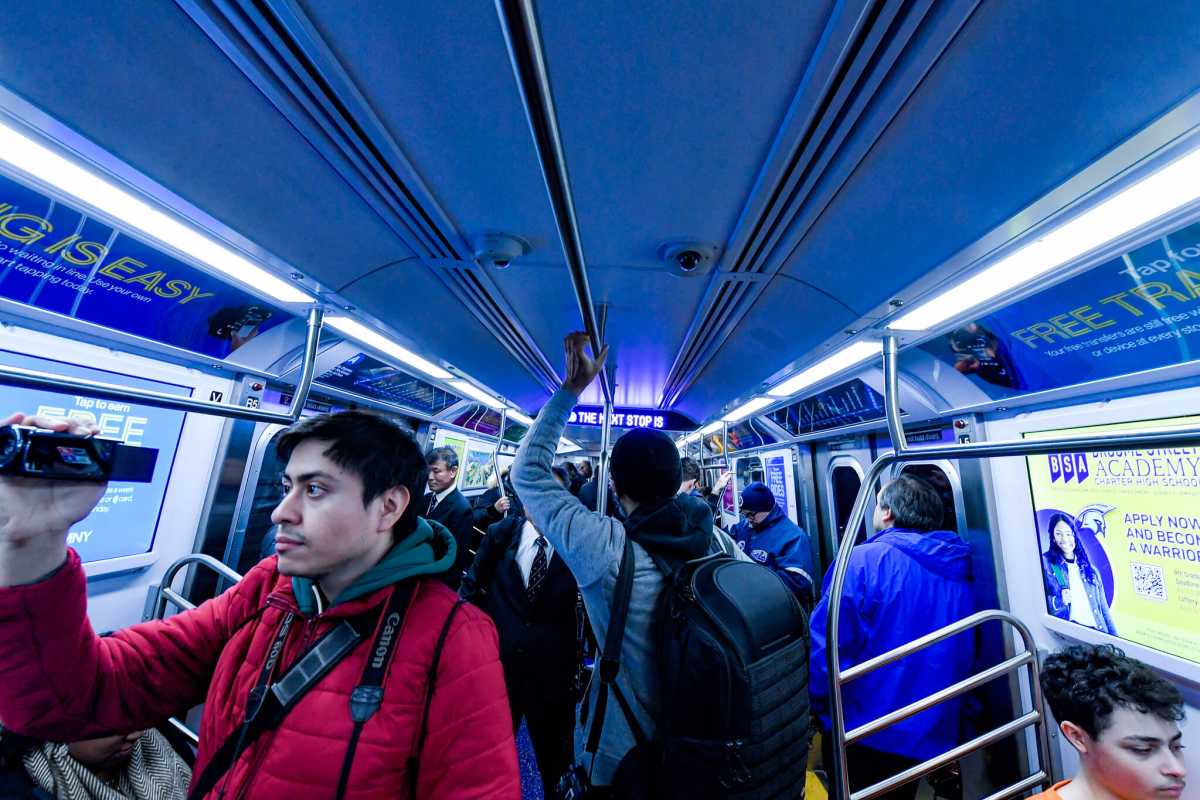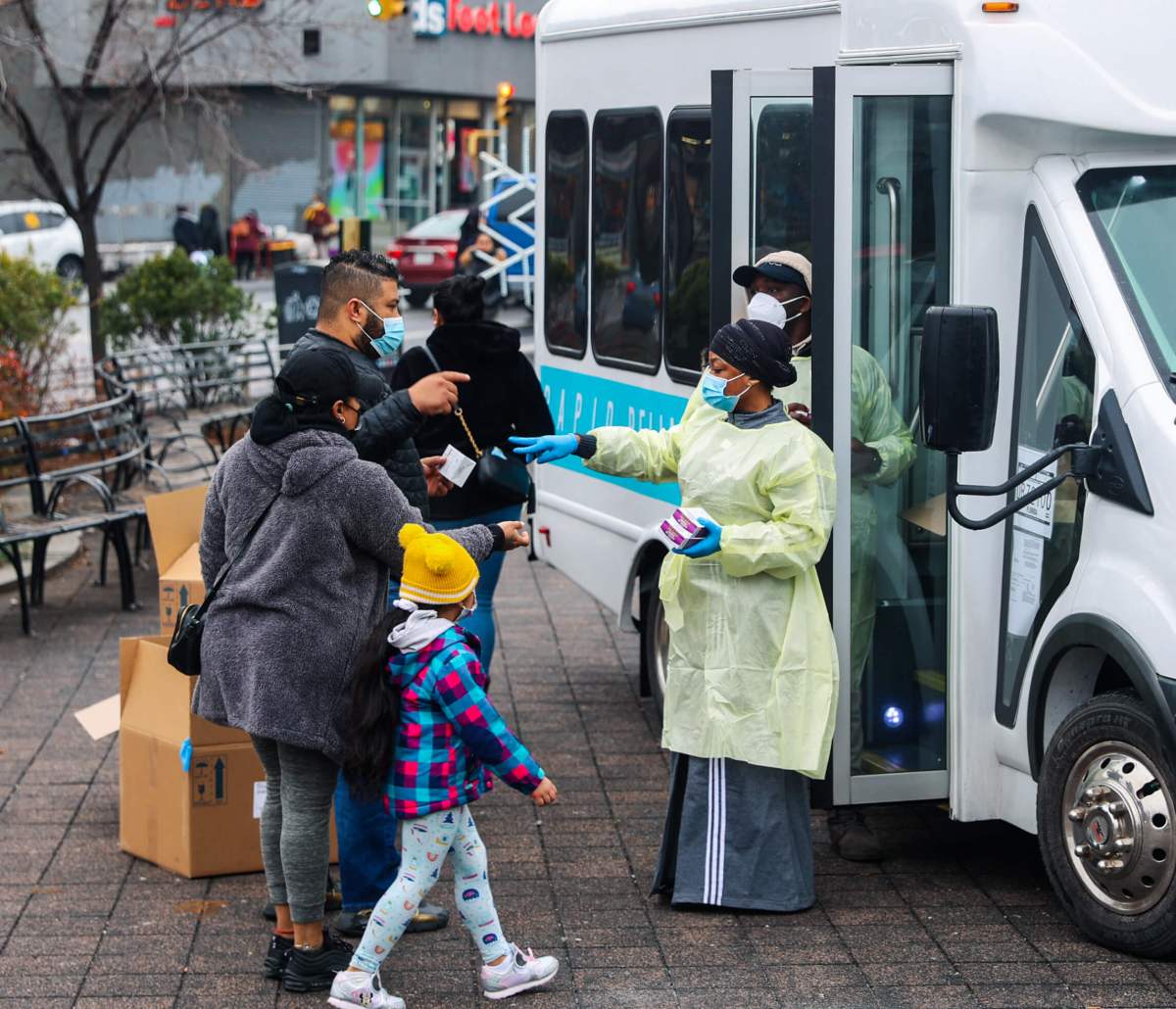The New York City Subway set a pandemic-era record for daily ridership last week, with 3.94 million riders traveling by mass transit on Thursday, March 16.
That’s the highest ridership numbers recorded on the subways in almost exactly three years, after the 4.1 million people who rode the subways on March 12, 2020, in the waning days of normalcy before the COVID-19 lockdown.
Also on March 16, the Metropolitan Transportation Authority for the first time recorded over 2 million taps onto subways and buses with OMNY, the tap-to-pay system set to fully replace the MetroCard by the end of this year.
“People are coming back to our subways as we have made critical investments in service and safety,” said Governor Kathy Hochul in a statement. “The MTA is the lifeblood of this city, and these ridership numbers demonstrate that New York is continuing to make a strong comeback.”
Subway ridership plummeted as COVID-19 struck the city and officials began telling New Yorkers to stay home and avoid mass transit if possible. By April 2020, the subway had lost more than 90% of its pre-pandemic ridership. Subway riders began trickling back in once the strictest lockdown measures began to be lifted.
But three years later, with virtually all COVID-era restrictions in the past, the MTA is still struggling to bring back all the riders it once had. The nearly 4 million riders on March 16 still represents only 70% of the ridership seen on a comparable pre-pandemic day, according to MTA ridership data. The agency has struggled to surpass two-thirds of pre-pandemic ridership as many former passengers embrace working from home.
Weekend ridership has recovered at a faster pace but remains well below pre-2020 levels. Bus ridership is also hovering in the 60% range. Automobile travel has fully recovered to pre-pandemic levels.
With a substantial portion of MTA funding coming from swipes and taps, the agency is facing a severe budget crunch that’s led elected officials to reconsider how mass transit is financed.
Governor Hochul has proposed raising the payroll mobility tax slightly, shifting costs to the city, and directing future casino revenue to the MTA in her executive budget, and also using fare hikes scheduled for this year and 2025 to plug the agency’s deficit. Last week, state legislators rejected all those proposals, proposing a budget plan funded with increased corporate franchise taxes and Uber and Lyft surcharges, as well as establishing a residential parking permit system in New York.
The governor and legislature must come to a budget agreement by April 1, the beginning of the new fiscal year.
Ridership restoration could also be complicated by continuing delays in implementing congestion pricing, which was approved in 2019 and will levy tolls on cars entering Manhattan below 60th Street. The plan is intended to raise billions of dollars for the MTA to construct new and maintain existing infrastructure, but full approval has faced significant delay from the federal government. Continued delay could lead to issues in maintaining a state of good repair in the 119-year-old subway system.
Read more: Brooklyn Half Marathon: Check Traffic Guide for Street Closures



































